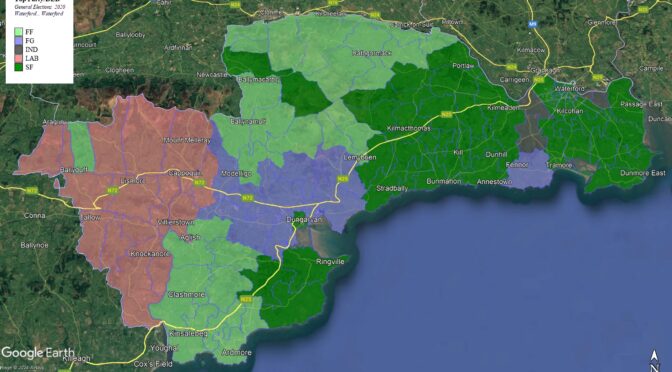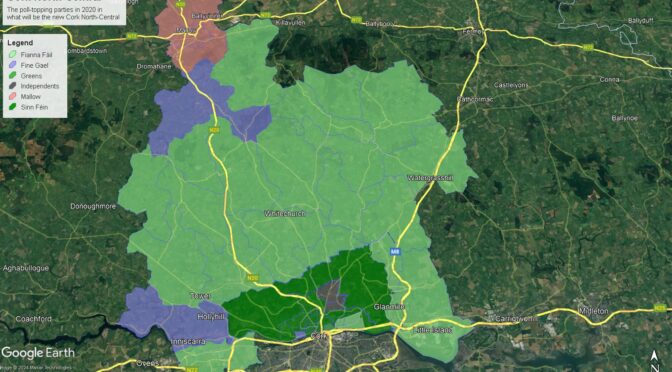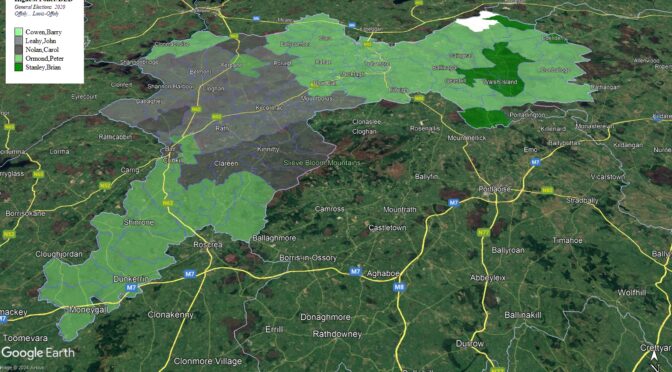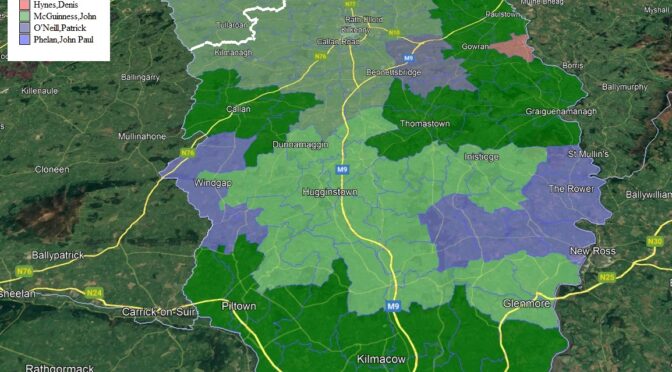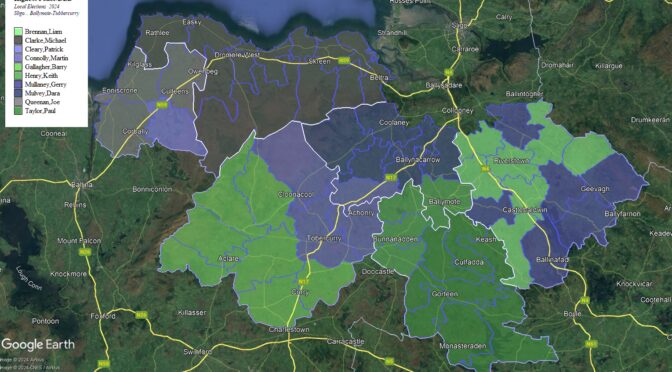HISTORY
Cork South-West was first contested in 1961, but it covers much the same area as the earlier Cork South West – the south-west coastal portion of Cork encompassing the environs of Kinsale, Bandon, Bantry, Clonakilty and Skibbereen – which was first contested in 1923.
In June 1927, Fianna Fáil, Cumann na nGaedhal, Labour and the Farmers’ Party all took a seat, with the remaining seat going to Independent Jasper Wolfe, a Methodist Solicitor who had been British Crown Prosecutor for West Cork from 1916-1923 surviving several British assassination attempts in the process. He held the seat until his retirement in 1933.
Cork West was a poor area for Fianna Fáil – it wasn’t until 1938, the year of their greatest victory, that they finally secured two of the five seats. In 1937 Fine Gael, who had effectively absorbed the Farmers Party vote, took three of the five seats. By contrast Labour represented Cork West from 1923 until 1981with three different TDs all called Murphy – Timothy J Murphy from 1923 until his sudden death addressing a Public Meeting in 1949, his son William J Murphy (the youngest ever TD – he was just over 21 when elected) from 1949 until 1951, and then Michael P Murphy from 1951 until 1981.
In 1943, 65 year old Patrick O’Driscoll won a seat for Clann Na Talmhan. He held it in 1944 and the party nearly took a second outpolling Fine Gael by 27% to 20%. The party narrowly lost their seat in 1948 in the new three-seat constituency and never regained it, although former party candidate Florence Wycherly (father of the actor Irish actor Don Wycherly) won a seat as an Independent in 1957.
The departure of Labour’s Timothy J Murphy in 1981 ushered in an era of Fine Gael dominance with Jim O’Keeffe and P.J.Sheehan winning two out of three seats for Fine Gael in every election until 2002 – in that election O’Keeffe bested Sheehan by just 35 votes. The duo won two seats again for Fine Gael in 2007.
Continue reading The New Constituencies : Cork South-West


